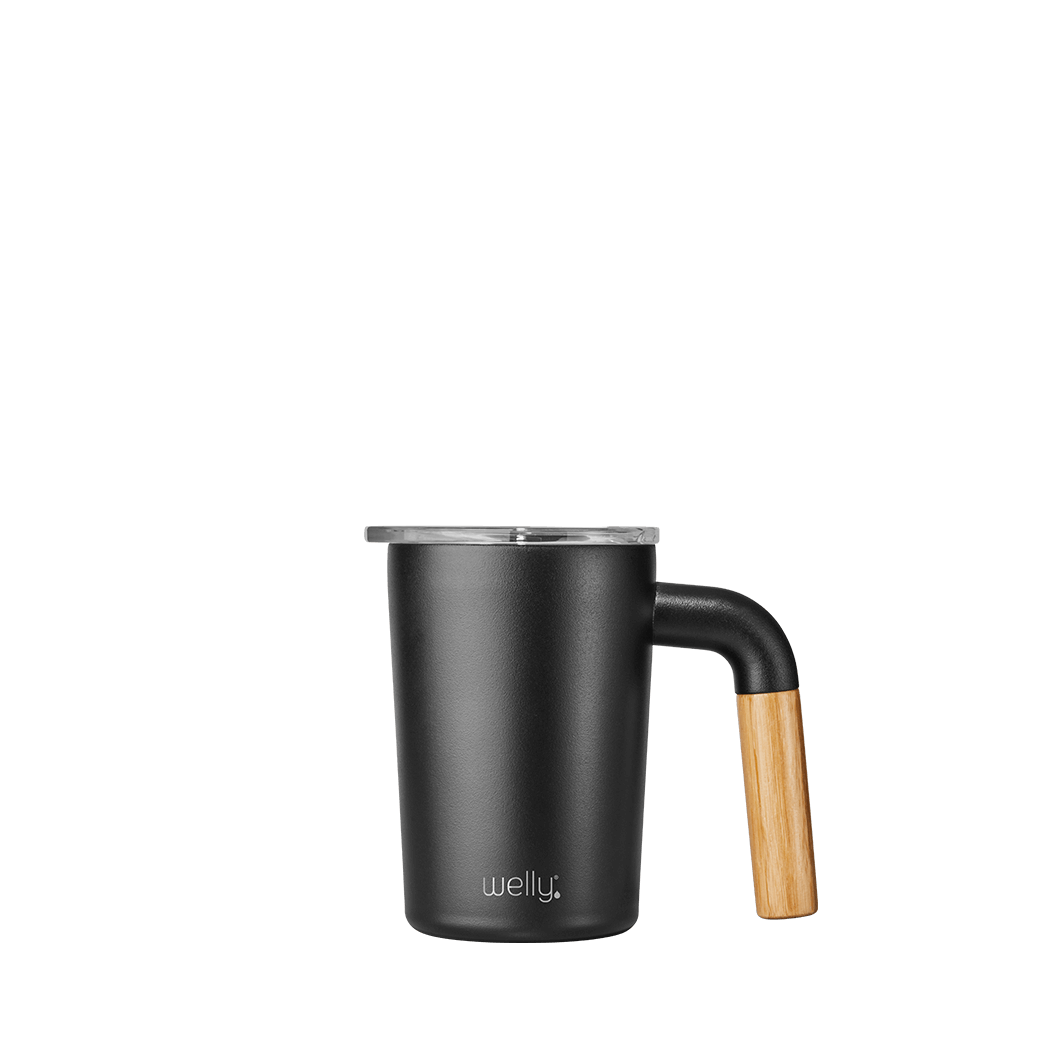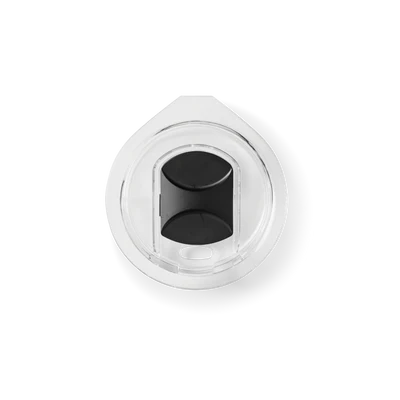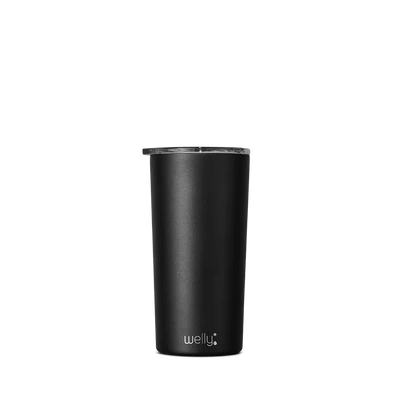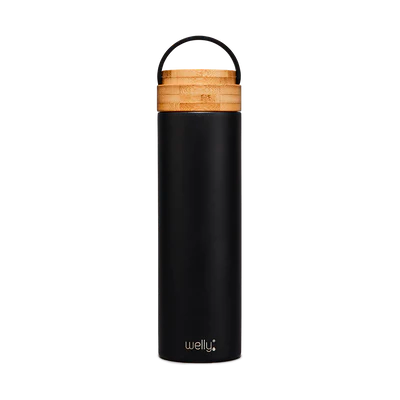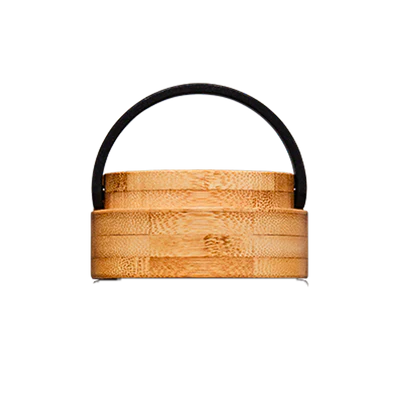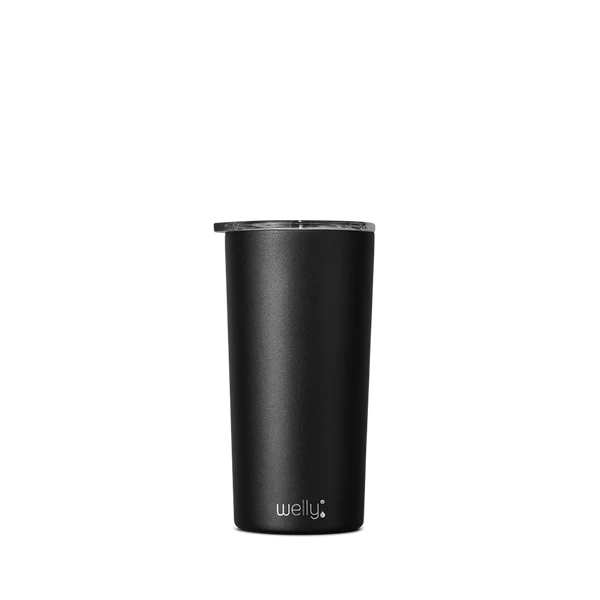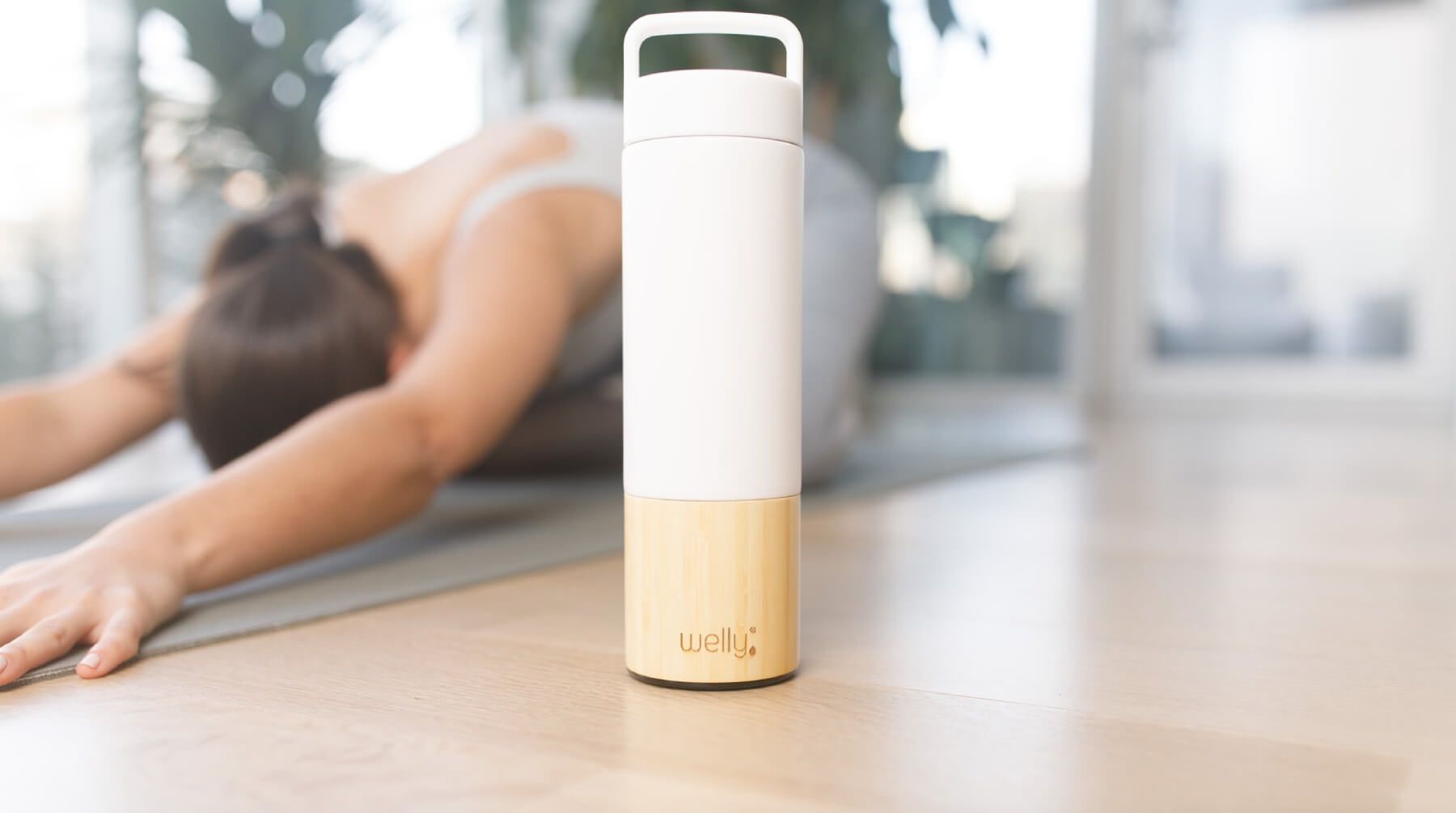
Meditation at Home: 5 Keys to Success
There are so many easy steps you can take to incorporate meditation into your daily routine.
It’s important to choose a meditation method that fits into your routine and is something you look forward to. While meditation requires discipline, it should never feel like a chore. Apps like Headspace and Calm provide hundreds of guided meditations on everything from stress to sleep. Having access to these apps at all times is perfect for when you’re on the go and is great for your busy schedule.
If you’d rather steer clear of technology, there are some great books you can read to familiarize yourself with the practice. Two books that you may find useful are “Real Happiness at Work” by Sharon Salzberg and “How to Meditate” by Pema Chödrön.
Another alternative is to follow along with a live class experience in order to hold yourself accountable and ensure that you set time aside for some mindfulness. Journey Meditation and Wellness Live are great online resources that stream meditation guides. It may take some trial and error, but in time you’ll be able to find the perfect balance of a practice that’s right for you.
**Here are 5 helpful tips to get you started: **
- Drink water beforehand as water invigorates your body and gets your energy levels up
- Pick a convenient time and a comfortable place
- Avoid meditating in bed because it will instantly make you tired
- Think about why you’re meditating, and set your intentions
- Start with small manageable sessions and work your way up as you see fit
Enter some text
Enter some text
Enter some text
Enter some text
Enter some text
Enter some text


